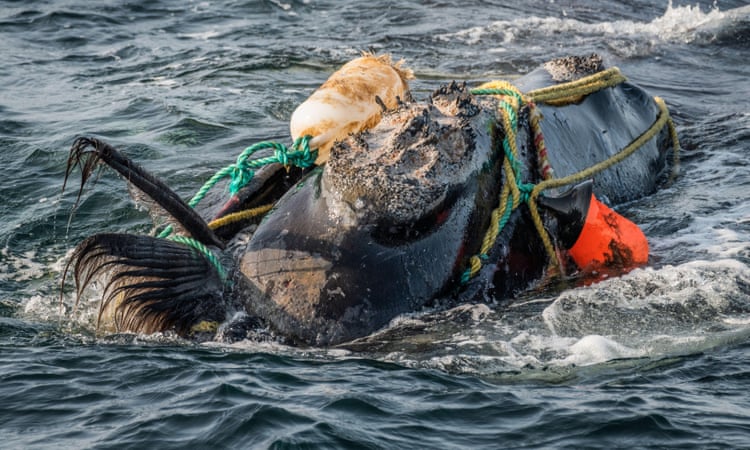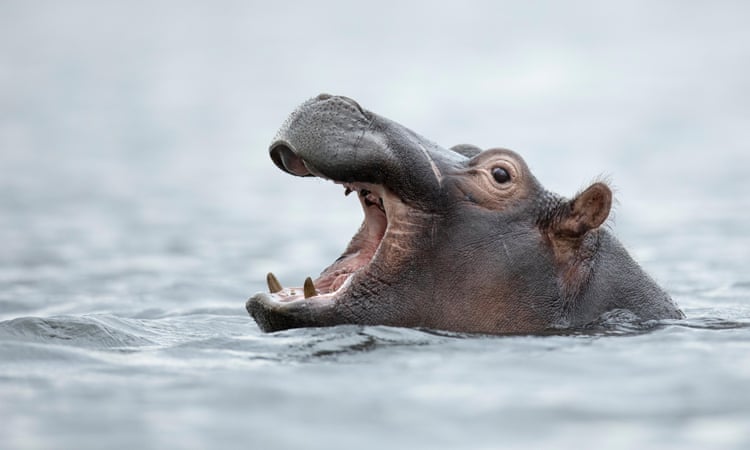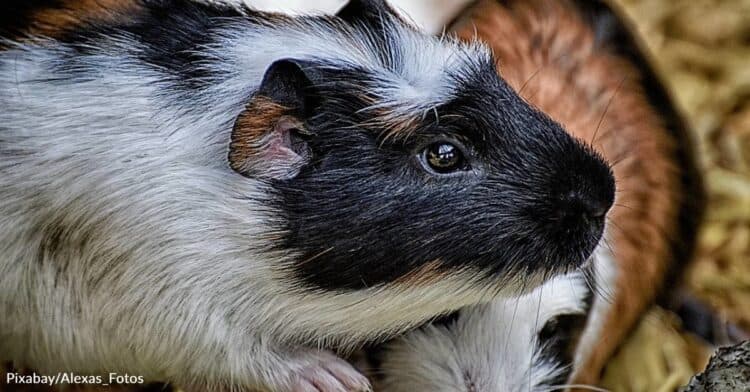The latest update of the IUCN Red List of Threatened Species is out – and it’s sounding alarm bells for some of Europe’s most charismatic and cherished shorebirds (also known as wading birds).
The list highlights sharp declines in most farmland wader species across much of Europe in recent decades. In some cases, these falls are so steep that they’re pushing some species closer towards extinction. Increased conservation efforts are now urgently required.
In this latest assessment, which has been carried out by BirdLife International for IUCN, the Northern Lapwing and Eurasian Oystercatcher have now been classified as globally Near Threatened with extinction.
They join the Eurasian Curlew and the Black-tailed Godwit, that have already previously been categorised as Near Threatened. These additions mean farmland waders are now one of the most threatened group of birds in Europe.

Their group name refers to the fact they breed in habitats strongly influenced by farming activities, such as grazing, mowing and drainage. For a long time many species have been provided with a safe home in farmland across Northern Europe for breeding, before the birds migrate to estuaries and mudflats in winter months.
Research is now showing the loss and fragmentation of breeding habitats as being key factors in the decline of these species. Among the causes of loss and break-up of habitats are issues with drainage and associated intensification of grasslands. Additionally, farming practices could also be having a direct impact, for example by machinery unintentionally destroying nests and chicks. Threatened populations are now also suffering more from the presence of native and non-native predators, making a difficult situation even worse.
But the picture is not entirely gloomy. Some conservation efforts are already being undertaken in many European countries to try and save these important populations. Examples includes farmers receiving payments to delay mowing their grasslands and the reinstating of wetland features in order to safeguard habitats.
The declines and worsening global statuses seen in this Red List update do show, however, that conservation efforts need to be increased. Measures must be targeted more accurately and cover a greater area of the species’ ranges. Co-ordinating activities better would also do a great deal, so that successes in one part of Europe can be shared across the continent and indeed even further afield. Many of these species are long-distance migrants that fly all the way to Africa and the Middle East in order to escape harsh European winters.
Two conservation plans for Eurasian Curlew and Black-tailed Godwit have been created under the Agreement on the Conservation of African-Eurasian Migratory Waterbirds (AEWA) in response to this urgent need. On top of this, the European Union, through the LIFE financial instrument, is funding the EuroSAP project (European Species Action Plan), which will see governments, experts and industry from across Europe work together to produce a protection multi-species action plan for the eight most threatened European species; Northern Lapwing, Eurasian Oystercatcher, Eurasian Curlew, Black-tailed Godwit, Common Snipe, Common Redshank, ‘Baltic’ Dunlin and Ruff. The project recognises that many of the species share similar habitats and face many of the same threats – meaning similar, if not the same, conservation solutions can be developed for all of them.
It’s hoped the species now under threat can avoid suffering the same fate as two of their nearest relatives. The Canarian Oystercatcher disappeared from Europe in the 1940s and the Slender-billed Curlew, which hasn’t been seen since 1995, is also increasingly looking like it may also become extinct. By working on projects such as EuroSAP, BirdLife and Partners aim to stop these important and much-treasured birds from disappearing altogether.
The IUCN Red List is the world’s most comprehensive information source on the conservation status of plant and animal species, and BirdLife International is the official authority for birds. More information on this latest update can be found here.
The MSAP (Multi-Species Action Plan) for farmland wading birds will be coordinated by BirdLife’s German partner, NABU, with support from RSPB (BirdLife in the UK), SOF (BirdLife in Sweden) and VBN (BirdLife in the Netherlands). It forms part of the LIFE EuroSAP project, which is co-ordinated by BirdLife International and funded with the contribution of the European Union’s LIFE financial instrument and the Agreement on the Conservation of African-Eurasian Migratory Waterbirds (AEWA).
This article was first published by BirdLife International on 28 Oct 2015.






Leave a Reply